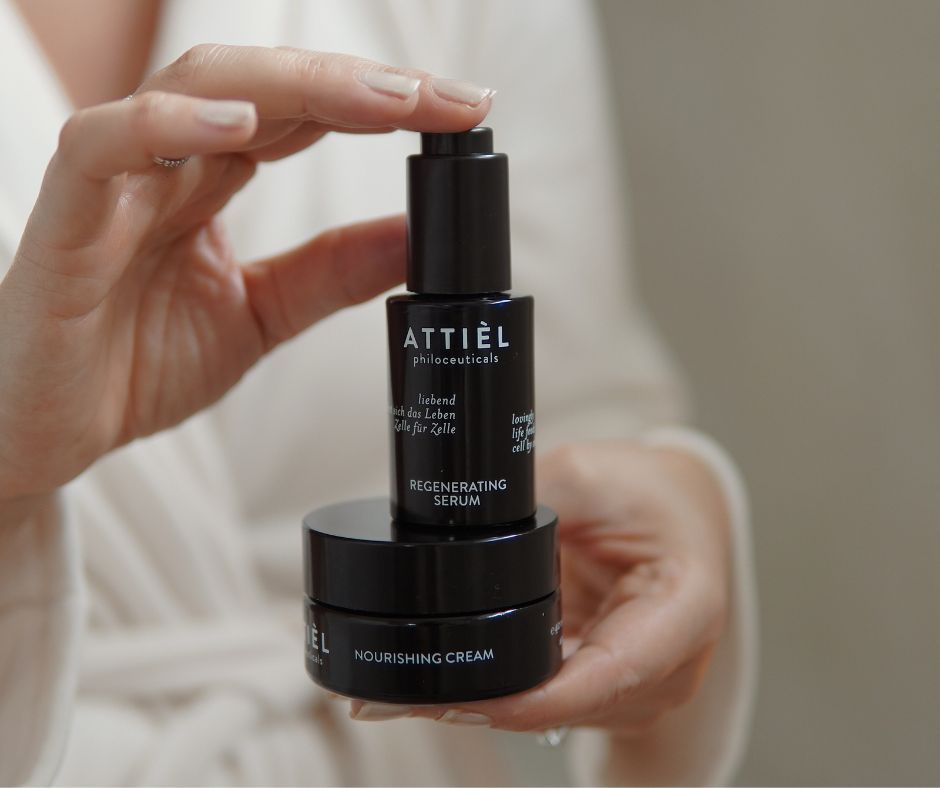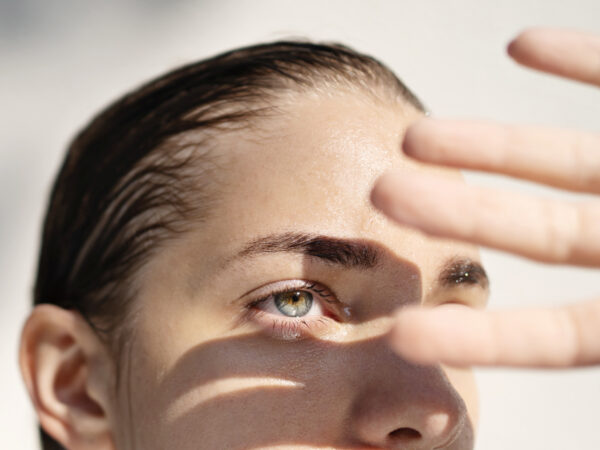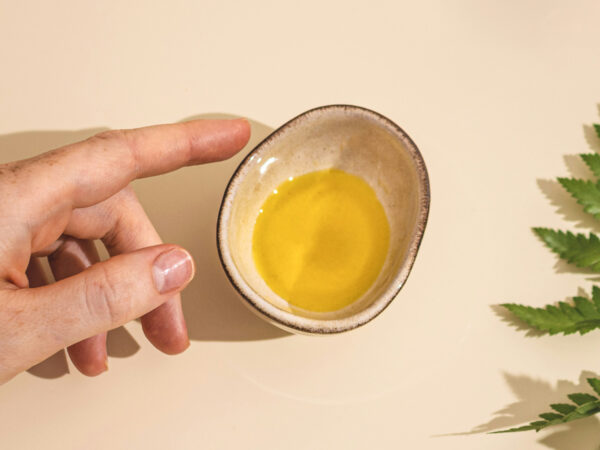All ATTIÈL products are packaged in dark purple glass. Why we chose glass instead of plastic and what advantages it brings.

Glass or plastic? We looked at both materials in detail and made intensive sustainability comparisons to make a decision. We would like to take you on this journey and show you which factors ultimately led to all ATTIÈL philoceuticals being filled in dark violet glass.
Is glass the more environmentally friendly alternative?
We looked at a wide range of factors, including production, transport and disposal processes. There are also effects on the environment, such as littering in the oceans and also effects on our health.
There are advantages and disadvantages when it comes to manufacturing
Plastic often has a lower carbon footprint compared to glass because it requires less energy. Glass, on the other hand, requires more energy for the melting processes, but has the advantage that it can be made from more sustainable sources such as recycled glass.
What about transport and disposal?
Glass is typically heavier than plastic and therefore requires more energy to transport. This can lead to higher CO2 emissions when long distances have to be traveled. Plastic is lighter and produces fewer emissions during transport. Glass clearly scores points when it comes to disposal, as its recyclability is a major advantage. It can be melted down again and again and processed into new products without losing quality. Plastic, on the other hand, has limited recyclability and often ends up as trash or in the environment, which can lead to marine pollution and damage to ecosystems.
Why dark purple glass?
Sun is important and the sun is good. But UV light also has destructive properties and this is exactly what dark violet glass protects against. Special properties of this glass filter different light frequencies, protecting the product and its natural ingredients and significantly extending their shelf life.
What does microplastics do to our health?
Plastic does not rot and plastic waste is a serious problem for the marine environment. Microplastic particles and macroplastics enter the oceans, harming wildlife and affecting marine ecology. And last but not least, we absorb microplastic particles back into our bodies, for example through seawater fish. Of course, this also happens in other ways, for example when drinking from plastic bottles. Microplastic particles can also bind pollutants from their environment to their surface. This means we not only pick up the harmful plastic particles, but also the bound pollutants (heavy metals, for example).
For ATTIÈL, the general environmental and health problem of microplastics was central when deciding which containers to choose. That's why we want to avoid plastic as much as possible and not increase plastic waste with containers.
READING TIP: MEDUNI Vienna has published a study on the health effects of microplastic particles: READ NOW




